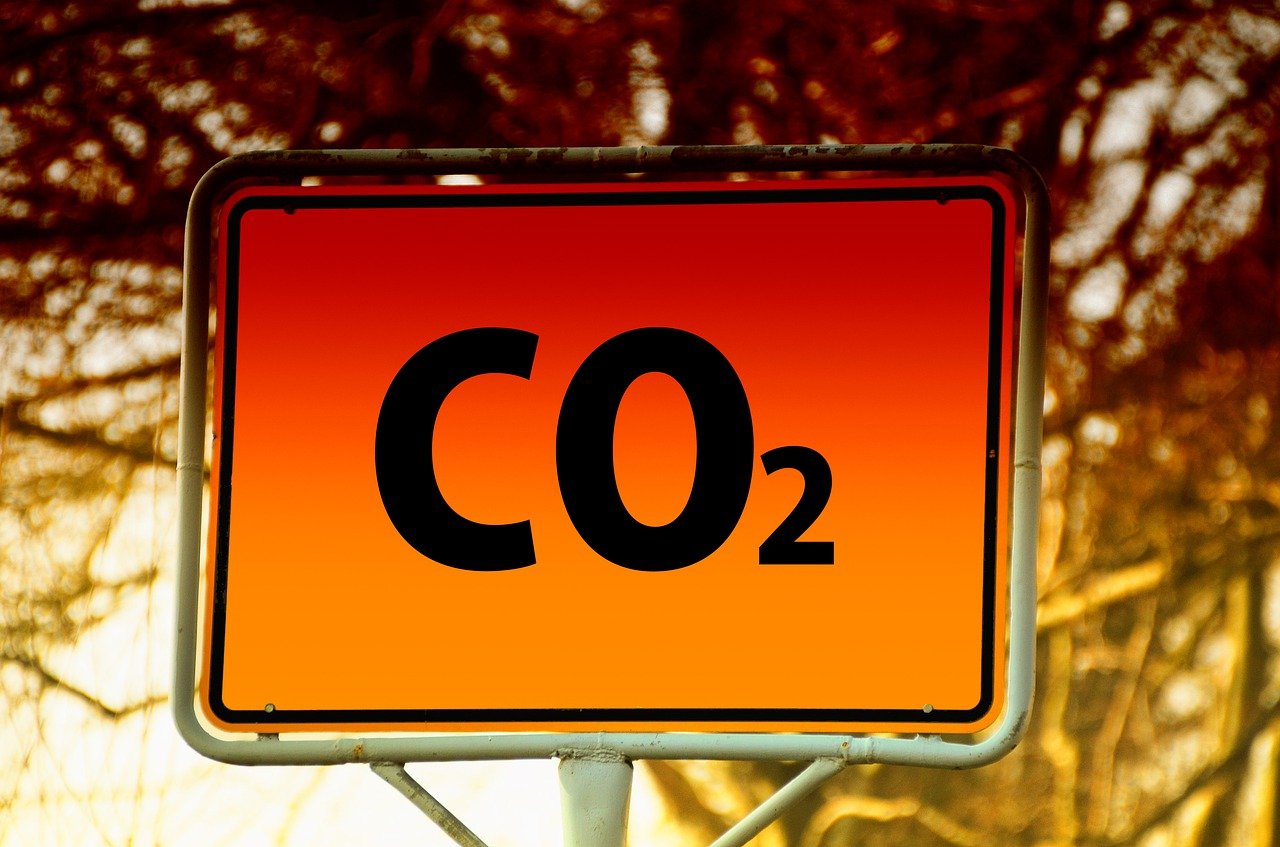Impact Investing
Big Tech Like Google and Amazon Produce 662% More CO2 Than They Declare
Big Tech’s data centers emit up to 7.62 times more CO2 than reported, with emissions exceeding those of Algeria. AI adoption, like ChatGPT, significantly drives energy demand, set to grow 160% by 2030. Renewable energy certificates mask true emissions, with some firms pledging net zero by 2030. Energy shortages threaten future sustainability.

CO2 emissions from Big Tech data centers ( Google, Microsoft, Meta, Apple, and Amazon ) could be much higher than officially reported, exceeding official figures by as much as 7.62 times.
According to an investigation by the Guardian, these companies produce 662% more carbon dioxide than their official reports. If considered together, their total emissions would place them as the 33rd most polluting country in the world, surpassing Algeria and touching the Philippines.
The role of artificial intelligence in the increaseing of CO2 emissions
A major driver of this surge in CO2 emissions is the growing adoption of artificial intelligence (AI). AI applications consume massive amounts of energy in data centers, far more than traditional cloud-based operations. For example, a ChatGPT query requires nearly ten times the electricity of a Google search, according to Goldman Sachs.
It’s no surprise then that data center energy demand is expected to increase 160% by 2030. Morgan Stanley estimates that global data center emissions will reach 2.5 billion metric tons of CO2 equivalent over the same period.
Big Tech CO2 Emissions Accounting
How do you explain these discrepancies between actual and declared CO2 emissions? A common example is the use of renewable energy certificates: companies buy these certificates to declare “clean” consumption without actually reducing their emissions. If you analyze emissions based on the physical location of data centers, without the certificates, the numbers are much higher.
And while Google and Microsoft have announced the progressive elimination of these certificates, committing to reach net zero emissions by 2030, Amazon and Meta have not done the same.
The case of Amazon
Amazon is a special case: its data centers, which generate more than half of the company’s operating revenue through Amazon Web Services, are not the main source of its CO2 emissions. Logistics and retail distribution are the biggest. For this reason, even though Amazon alone produces nearly as much as the other Big Tech companies combined, it was excluded from the calculation of excess CO2 emissions.
It is important to note that these numbers already exclude Scope 3 emissions, which are indirect emissions related to the construction and maintenance of data centers, as well as logistics and products.
The Uncertain Future of Data Center Energy
According to the Electric Power Research Institute, the increase in data center energy demand could lead to a doubling of electricity consumption by 2030. Marc Ganzi, CEO of DigitalBridge, recently stated that the entire sector could run out of energy resources in the next two years if the focus on AI development is solely geared towards profit.
And the slow pace at which energy infrastructure is being renewed – stalled in some countries like Italy also due to bureaucratic issues – risks making it impossible to meet this growing demand even for companies most intent on switching to renewable energy.
__
(Featured image by geralt via Pixabay)
DISCLAIMER: This article was written by a third party contributor and does not reflect the opinion of Born2Invest, its management, staff or its associates. Please review our disclaimer for more information.
This article may include forward-looking statements. These forward-looking statements generally are identified by the words “believe,” “project,” “estimate,” “become,” “plan,” “will,” and similar expressions. These forward-looking statements involve known and unknown risks as well as uncertainties, including those discussed in the following cautionary statements and elsewhere in this article and on this site. Although the Company may believe that its expectations are based on reasonable assumptions, the actual results that the Company may achieve may differ materially from any forward-looking statements, which reflect the opinions of the management of the Company only as of the date hereof. Additionally, please make sure to read these important disclosures.
First published in ESG NEWS. A third-party contributor translated and adapted the article from the original. In case of discrepancy, the original will prevail.
Although we made reasonable efforts to provide accurate translations, some parts may be incorrect. Born2Invest assumes no responsibility for errors, omissions or ambiguities in the translations provided on this website. Any person or entity relying on translated content does so at their own risk. Born2Invest is not responsible for losses caused by such reliance on the accuracy or reliability of translated information. If you wish to report an error or inaccuracy in the translation, we encourage you to contact us

-

 Fintech1 week ago
Fintech1 week agoKraken Acquires Backed Finance to Boost RWA Strategy Ahead of 2026 IPO
-

 Business4 days ago
Business4 days agoMarkets Now Appear Steady, but Cracks Are Forming Beneath
-

 Biotech2 weeks ago
Biotech2 weeks agoPharma-Biotech Program Showcases Spanish Innovation and Strengthens Biomedical Collaboration
-

 Impact Investing1 day ago
Impact Investing1 day agoGlobal Rift Over Fossil Fuels Blocks UN Environmental Agreement



















